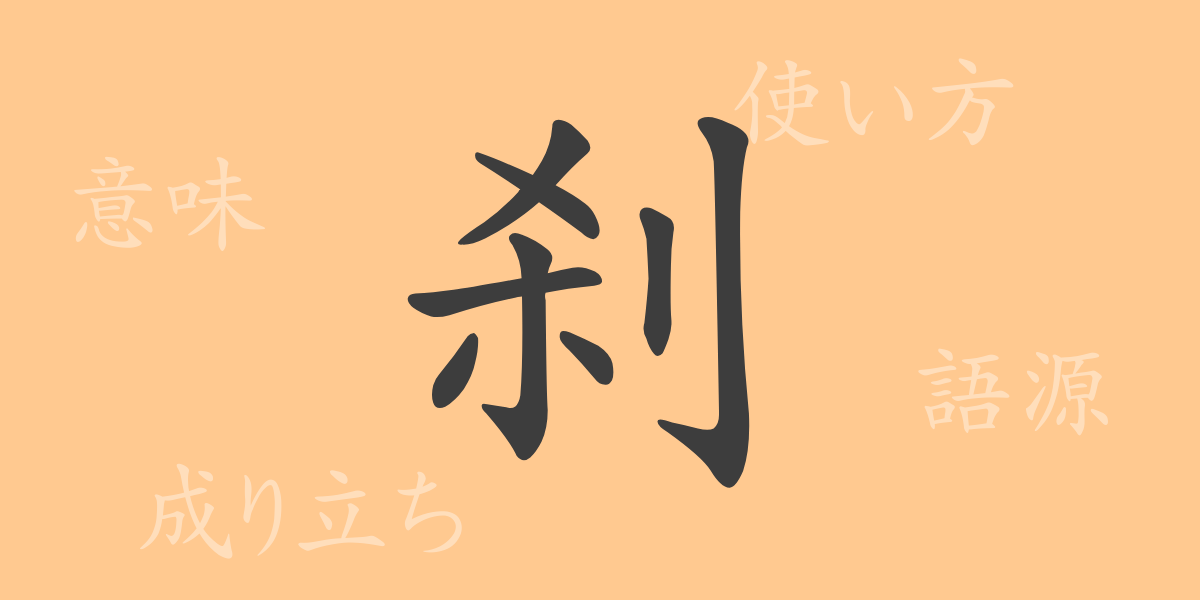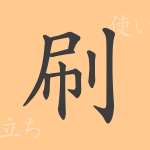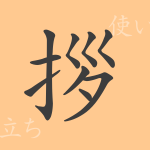In the rich tapestry of Japanese written culture, many kanji characters exist, each with its own unique history and meaning. Among these, some kanji stand out for their mystique due to their infrequent use. The kanji “刹” (せつ, setsu) is one such character, unique and fascinating. This article delves into the origins, meanings, uses, readings, and radicals of “刹,” inviting you to explore the rare world of this kanji. Let’s step into the intriguing world of “刹,” a rare yet common-use kanji in Japan.
Origin of 刹 (せつ, setsu)
The kanji “刹” (せつ, setsu) traces its origins back to the ancient Indian language of Sanskrit. The Sanskrit word “śramaṇa” (シュラマナ) was transliterated into Chinese as “刹那” (せつな, setsuna) when Buddhist terminology was introduced. Initially, it meant “moment” or “instant,” but over time, its meaning evolved to also signify “temple” or “pagoda.” This transformation highlights the kanji’s journey from its original context to its current usage in Japanese.
Meanings and Uses of 刹 (せつ, setsu)
In modern Japanese, “刹” (せつ, setsu) primarily has two meanings. The first is “instant” or “moment,” as seen in the term “刹那” (せつな, setsuna). The second is as a Buddhist term referring to “temple” or “pagoda,” used in more specialized contexts. While it is not commonly heard in everyday conversation, “刹” (せつ, setsu) appears frequently in literary works and Buddhist texts.
Readings, Stroke Count, and Radical of 刹 (せつ, setsu)
Here are the basic details about the kanji “刹” (せつ, setsu).
- Reading: The on’yomi (音読み) reading is “セツ” (setsu); there is no kun’yomi (訓読み) reading.
- Stroke count: “刹” (せつ, setsu) consists of 8 strokes.
- Radical: The radical is “刂” (りっとう, rittou), representing a knife or blade.
Idioms, Phrases, and Proverbs Using 刹 (せつ, setsu) and Their Meanings
Due to its specific nature, there are not many idioms or phrases using “刹” (せつ, setsu), but the ones that do exist are significant.
- 刹那 (せつな, setsuna): Meaning “moment” or “instant,” often used in the phrase “刹那的” (せつなてき, setsunateki), which implies “short-sighted” or “temporary.”
- 刹那主義 (せつなしゅぎ, setsunashugi): Refers to a hedonistic philosophy that seeks immediate pleasure, often criticized for its lack of long-term perspective.
Conclusion on 刹 (せつ, setsu)
The kanji “刹” (せつ, setsu) is a character rarely encountered in daily life due to its low usage frequency. However, its mystical resonance and deep historical background make it a fascinating character. Whether through its Buddhist meanings or the term “刹那” (せつな, setsuna), it influences our lives subtly yet significantly. Through this exploration, we hope you rediscover the meanings and culture embedded in each kanji character, enriching your understanding of Japanese language and culture.

























